#thicket shadbush
Explore tagged Tumblr posts
Text
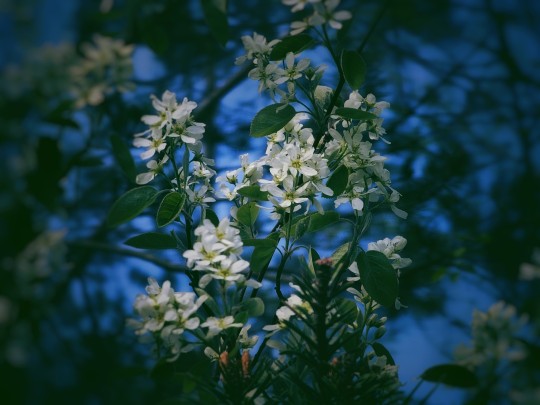
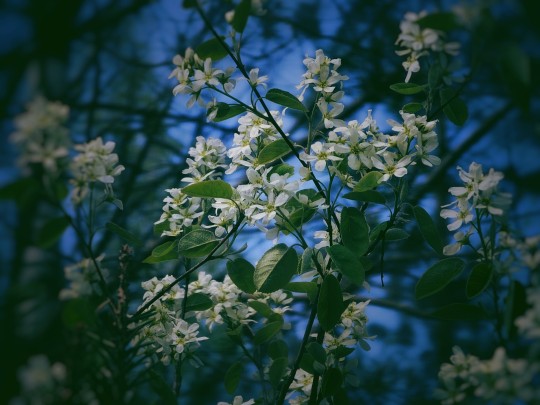
Amelanchier × spicata, the low juneberry
#Amelanchier × spicata#the low juneberry#thicket shadbush#dwarf serviceberry#low serviceberry#juneberry#photography#mine#nature#nature photography#original photographers#flower#white flowers#flowers#flower photography#blossoms#photographers of tumblr#photographers on tumblr
22 notes
·
View notes
Photo
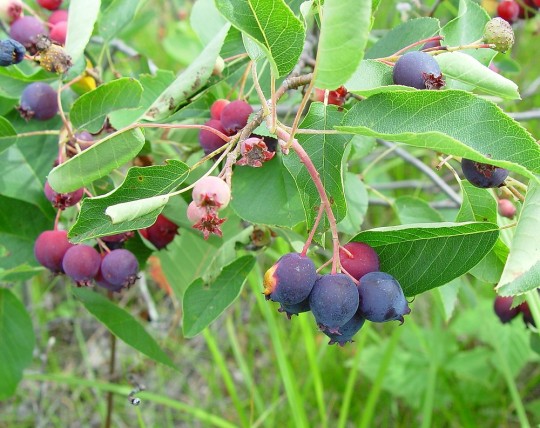
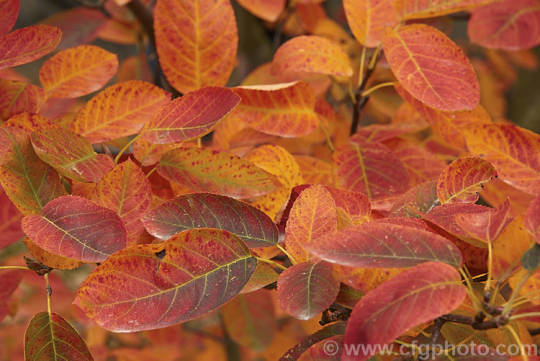


Low juneberry (Amelanchier spicata) has edible, delicious fruit. The correct way to eat the fresh berries is to gather as many as possible into both your hands and to cram them all into your mouth. Then you bite down. I eagerly await the spring for this purpose. They taste like a mix of apples, blueberries, cherries, and grapes. You can also make jam of them or add them to smoothies.
More info on Plants for a Future.
#native Ontario plant species with edible parts#deciduous trees#flowering plants#flowers#edible plants#native North American species#plants I want#low juneberry#dwarf serviceberry#pigeon berry#thicket shadbush#serviceberries#Canadian fruit
0 notes
Photo
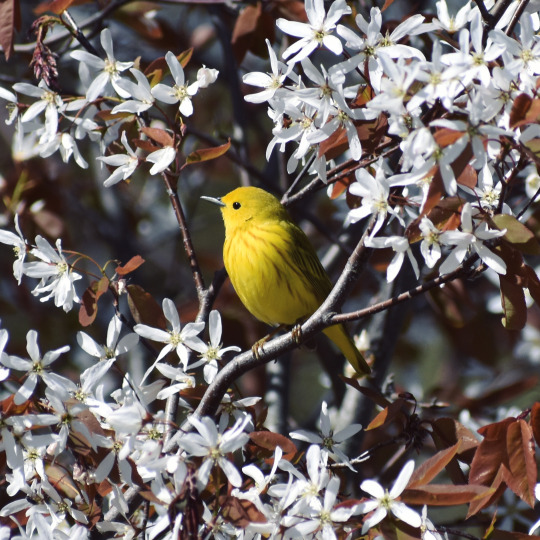
Yellow Warbler (Setophaga petechia) in a Blooming Shadbush (Amelanchier canadensis).
#Setophaga petechia#yellow warbler#Dendroica petechia#bird#flowers#shadbush#serviceberry#Amelanchier canadensis#bilberry#Canadian serviceberry#chuckle-berry#currant-tree#juneberry#thicket serviceberry#sugarplum#shad-blow#maine#spring migration#jada fitch#bird photography#yellow#white flowers#maine birds#YEWA
664 notes
·
View notes
Photo

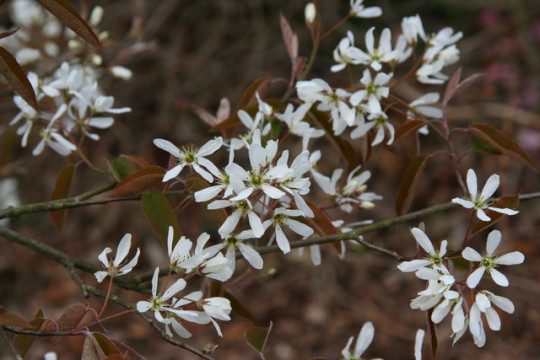
Daily Tree: amelanchier canadensis
In English please: Bilberry, Canadian Serviceberry, Chuckleberry, Currant-Tree, ,Juneberry, Shadblow Serviceberry, Shadblow, Shadbush, Shadbush Sherviceberry, Sugarplum, Thicket Serviceberry
Grows: Atlantic Coast, from Maine down to Alabama
Wikipedia page: here
Photo 1: https : // nurcar . com/products/amelanchier-canadensis
Photo 2: https : // www . rhs . org . uk/Plants/1063/Amelanchier-canadensis-(L-)-Medik/Details
39 notes
·
View notes